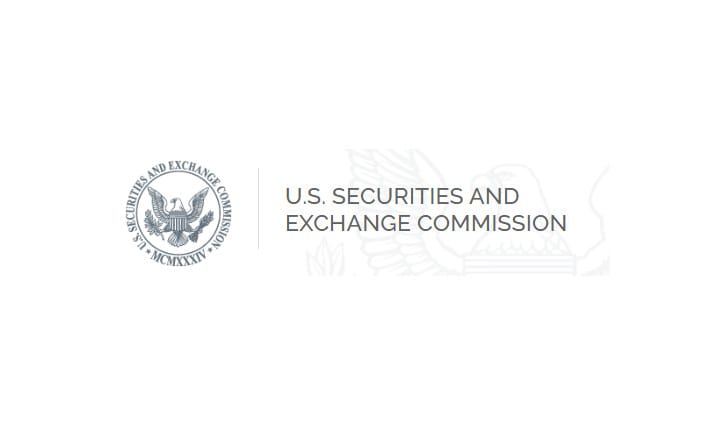Federal Reserve Alert! Speech by Fed Governor Charles L. Evans: 'After more than a decade of missing our average 2 percent target to the downside, PCE inflation has risen quite quickly—from under 1 percent in mid-2020 to 6.2 percent in August
Source: https://www.chicagofed.org/publications/speeches/2022/october-10-nabe-annual-meeting
More from Evans speech:
Reducing inflation to a level consistent with the Fed’s 2 percent objective will require a period of restrictive financial conditions to restore better balance between supply and demand economy-wide. This will generate below-trend growth and some softening of labor market conditions. But ensuring low and stable inflation is a prerequisite for achieving the sustained strong labor market outcomes that bring benefits to everyone in our society.
These broad contours are demonstrated in the FOMC’s latest Summary of Economic Projections (SEP), which this audience is undoubtedly familiar with. The SEP dot plot shows that most FOMC participants are looking at something like another 100 to 125 basis points of rate increases this calendar year, with the median projection for the federal funds rate then rising a bit further to 4.6 percent at the end of next year.
This monetary restraint is clearly showing through in the projection for GDP growth, which the median participant sees running somewhat below its long-run rate over the next year and a half or so before moving back up to trend later in the projection period. The unemployment rate is projected to rise to 4.4 percent by late next year and then remain near that level in 2024 and 2025. While this does represent a noticeably softer labor market when compared with today’s, these certainly are not recession-like numbers.
As for inflation, with supply-side improvements, restrictive monetary policy, and below-trend growth, inflation is expected to moderate significantly. According to the median SEP projection, total PCE inflation is expected to fall to 2.8 percent in 2023 and eventually return to our 2 percent target by the end of 2025. I should note that my personal forecast is broadly in line with the median SEP forecast.
Furthermore, I have in mind a nonaccelerationist Phillips curve, in which inflation expectations are not a mechanical function of recent inflation. Today, longer-term inflation expectations are anchored near our target, and so provide an important downward force on actual inflation. So my baseline forecast sees the combination of further supply-side repair, a steeper Phillips curve, and anchored long-run inflation expectations moving inflation back to target without having to generate an inordinate amount of slack in the economy.
This mechanism does, however, require reducing the heat in labor and product markets as well as maintaining a downward pull from inflation expectations. This is where tighter monetary policy comes into play. I see the nominal funds rate rising to a bit above 4-1/2 percent early next year and then remaining at this level for some time while we assess how our policy adjustments are affecting the economy.
Our rapid pace of rate increases has fast-tracked our arrival to such a restrictive stance. Front-loading was a good thing, given how far below neutral rates were. But overshooting is costly, too, and there is great uncertainty about how restrictive policy must actually become. This puts a premium on the strategy of getting to a place where policy can plan to rest and evaluate data and developments.
There are many risks that could derail this optimistic forecast. And, unfortunately, many of those risks appear to be to the downside: Supply-side repair could continue to move too slowly; events in Ukraine or further Covid-related shutdowns could put additional pressure on costs; and monetary policy may, on the one hand, not rein inflation in enough or, on the other hand, weigh too heavily on employment.
Another risk is that inflation expectations could become unanchored. Inflation will be much more difficult to rein in if households and businesses start thinking outsized increases in wages and prices are the new norm and incorporate those expectations into their decision-making.
These perceptions can change and aren’t something we can take for granted. I believe the Federal Reserve’s strong policy actions and communications have played an important role in anchoring long-run inflation expectations by demonstrating and conveying our commitment to bring inflation back into line with our 2 percent average objective. The public and markets appear to believe we will be successful. But it is up to us to follow through and do our job.


